A slightly different appreciation of the Pakleni Islands...
One of the joys of Hvar is that it has something for everyone, and it is something different to various people. Some come for the beaches, others the night life, the nature or the culture.
The Pakleni Islands are no different, and if it is culture and art you are after, look no further than Meneghello at Palmizana. In our latest cultural foray through the eyes and words of Dagmar Meneghello, meet the Pakleni Islands through the eyes of Boris Bućan.

THE ISLANDS OF FILOS: AN EGO IN SEARCH OF HIS ALTER
The metaphor is perhaps one of man's most fruitful potentialities. Only metaphor aids our escape and creates among real things imaginary reefs, islands pregnant with allusion.
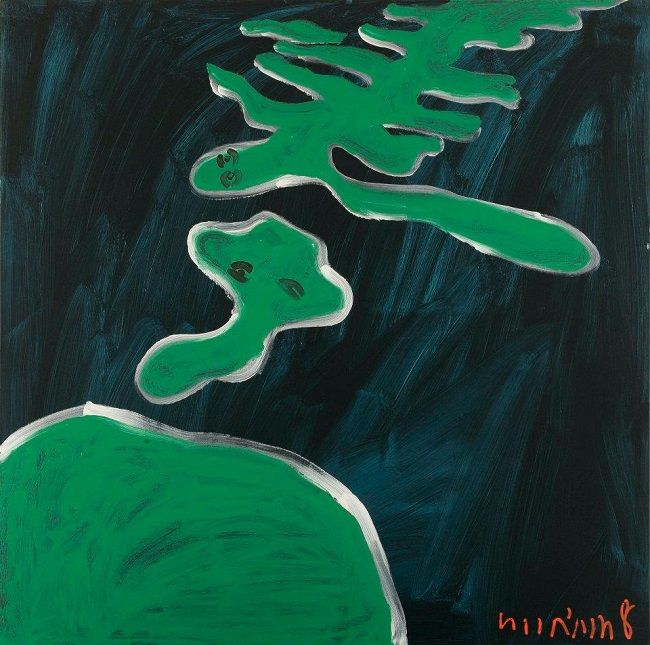
Bućan's new chapter on the Paklinski Islands background has its bird's eye view on its ground, underground and interior. We witness the scene united in the renaissance view al volo di uccello, from an allusive, wingless bird's flight, closest to the observation through divine eyes. There is a mapper's point of view and the vertigo of take-off, flight and landing. The view is fragmented, hypnotic and enigmatic. It is microcosmic and macrocosmic at the same time. The Islands of Filos, the islands of love, are thus called ambiguously; in the sense of their Greek etymon and great divine love affairs taking place on the islands, and in the sense of resemblance with scattered leaves of Bućan's philodendron tree. The island is outcast from the symbolism of logos and firmly anchored in the restless open sea of its opposites – an atopical place of agonistic unities of love, imprisonment of passion and sin.
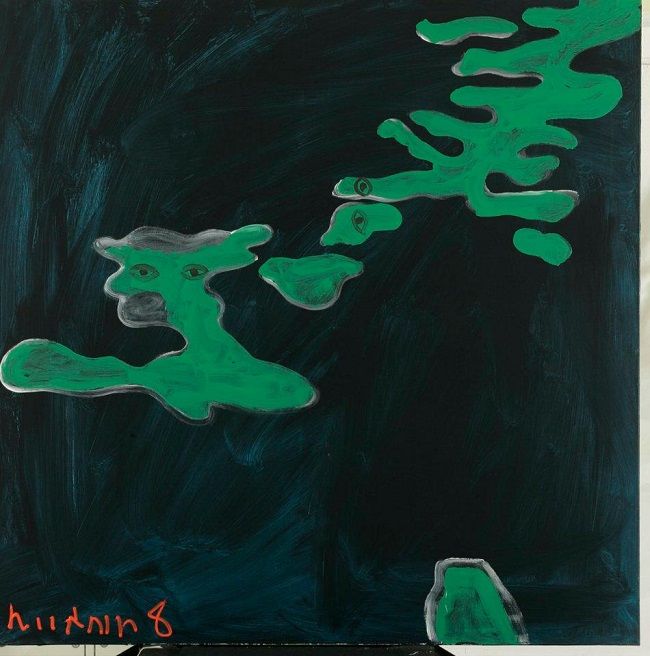
And the islands, like scattered leaves of Bućan's Monstera preciosa philodendrons (already adopted in his musicians portraits) are translated by association into membra disjecta, separated and dispersed limbs recognised as the background of airplane view photographs of the astonishingly rich topography of Paklinski Islands. But that is still the image we could characterise as belonging to reality. The other image is the one invoking oneiria, charges of anxiety in vertiginous perspectives of plummeting, claustrophobic diffidence in the space outside the force of gravity, a vertigo with no horizon point.
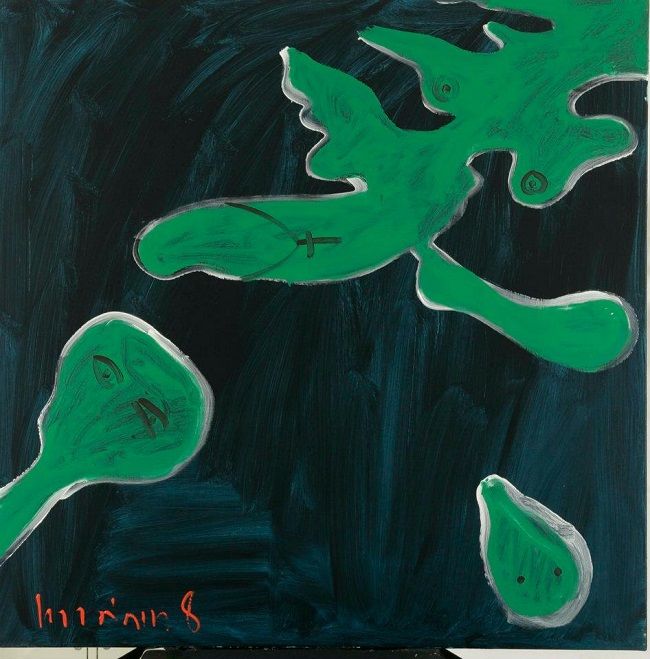
In fact, Bućan repeated the viewing process from Vagina dentata, adopted the background, identified its contingency, expanded its territory onto the surreal and myth, covering it with new topoi. In an open sea large enough and dark enough to be an ocean, the islands float in a night blacker than black. Only the green oxidising islands glow. They are rimmed with waves' foam like orgasmic semen floating in the seas. Black and white was replaced by black and blue, occasionally combined with milky mist.
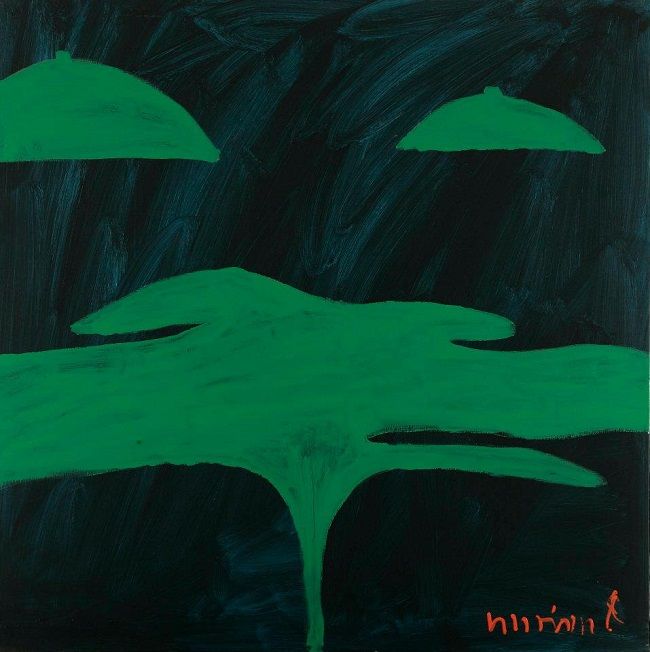
Bućan's image of Paklinski islands in a myth, embraced by a love story, is here represented as a scattered psychogenic puzzle whose particles frenetically and desperately want to combine, wishing for apprising, wishing for their beings to unite. They want to defragment their fragmentation. Ego wants to reach its alter. Animus is seeking anima. It is at the same time a miraculous image of perseverance and continuous striving, which carries in its meanders an image of all the lustful love quests of menades, satyrs and nymphs through forests, groves, seas and offshores, a chthonian zone of Orpheus' chant and Eurydice's fate.
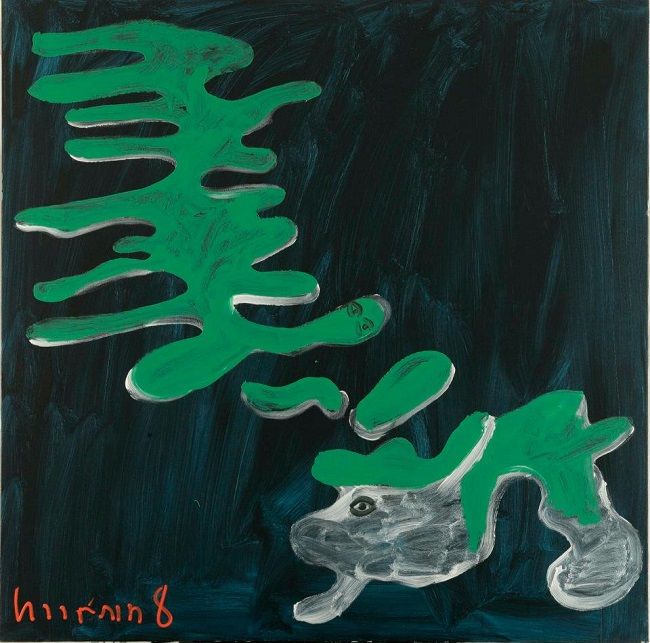
Still, the last image we are pervaded by – the one which perhaps constituted Bućan's first plot, point and denouement while we hesitatingly and in an attempt to remove the veil off our eyes and senses tried to encompass it – is a deep presence in the uterine darkness. Among the dark walls and contractions which receive and reject and change forms through these penetrations, they regress and return as predators – animated silhouettes of invading mucous drops. In that moment of seeing, all the screens of Bućan's metaphor of diffidence are lifted, while the shrewdness of witty (ironic) liberating persiflage is being introduced into archetypal psychism. (In search of the origin of metaphor, the psychologist was recently taken by surprise discovering that one of its roots in the spirit of taboo, wrote Ortega y Gasset.
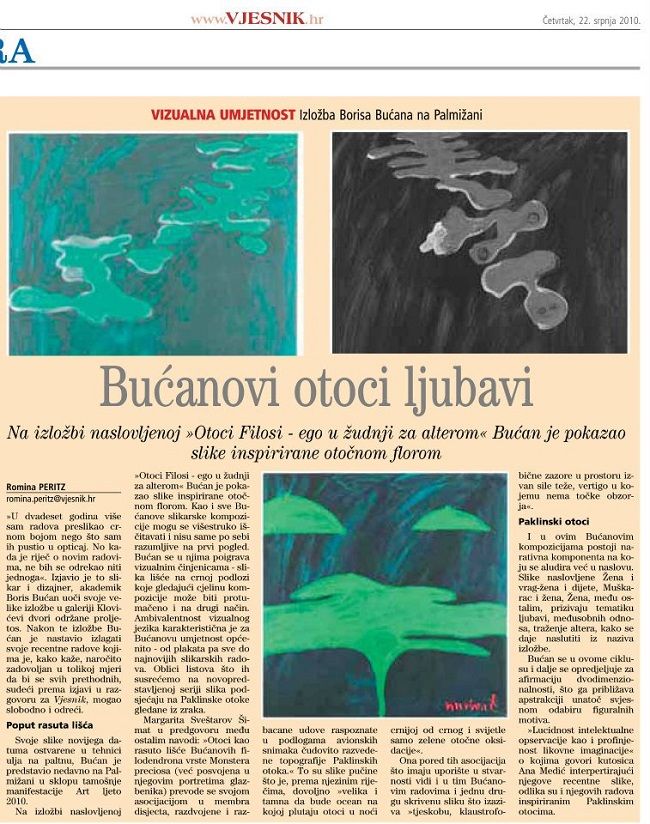
He further added that the existence of this spiritual activity in man that replaces one thing with the other is wondrous, not so much out of need to move toward the former as to move away from the latter [2].) In a seemingly harmless, almost childlike artistic animation of the islands' faces, one makes out the silhouettes of woman and child, man and old man, Munch's scream and his little girl, baptised and unbaptised femina, joyous and frightening, the one for which the entire animated Paklinski archipelago will be moved again in wondrous seismography.
[1] Jose Ortega y Gasset, Dehumanization of Art
Margarita Sveštarov Šimat

